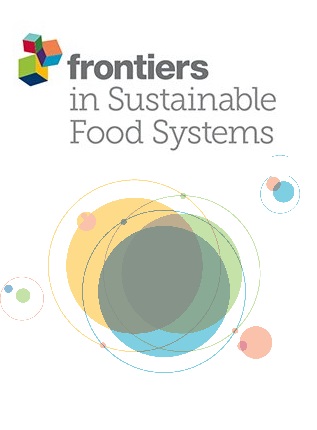Scaling rules other than those based on area (‘scale-dependence’) for ‘environmental service functions’ such as productivity, biodiversity and carbon stocks depend on spatial variability and spatial patterns within the landscape, on lateral flows and neighbourhood effects, and on the impact of scale-dependent ‘actors’ and ‘agents’. Previous models of shifting cultivation or crop-fallow rotations have described the fate of soil fertility and crop productivity for an average plot, as a function of intensity of land use, without explicit consideration of the scaling rules between plot and landscape. Up to medium land use intensities, a negative tradeoff exists between farmers's interest in crop productivity per unit area, and environmental interests in carbon stock and other parameters related to age of the fallow vegetation such as biodiversity. If land use intensity increases beyond a critical point, land will further degrade from a farmer's as well as from environmental perspective. In the Forest, Agroforest, Low-value Lands Or Waste model (‘FALLOW’) this description is applied at landscape scale to a mosaic of plots, to investigate the transient behavior under non-equilibrium conditions for different land use intensification scenario's. The FALLOW model is implemented in the STELLA environment and in the default form keeps track of the soil fertility changes in 100 fields, which may differ in initial fertility and dynamics. During any year in the simulation a number of these fields is cropped, while others are fallowed. During the fallow period aboveground C stocks accumulate and plot-level biodiversity changes in character during the succession from pioneer, via early and late secondary vegetation into ‘primary’ forest. The model user can define the time frames for each of these transitions, as well as determine the degree of species overlap between categories and area-based scaling rules within each category, to derive an indicator of landscape-level biodiversity. The model allows comparisons of spatially segregated as well as integrated solutions to multiple functionality of land use by applying ‘forest reserve’ rules. Depending on the amount of between-plot variation in parameter values, the trade-off between carbon stock and crop productivity can shift by a factor 2, even though both properties are directly related to area. The trade-off between local and external stakeholder interests for a landscape mosaic can thus differ from that derived for a ‘representative landscape element’.
DOI:
https://doi.org/10.1016/S0304-3800(01)00518-X
Altmetric score:
Dimensions Citation Count:
00518-X&apiKey=3948bb216041dbffcb29a618defafc29&httpAccept=image%2Fjpeg)























